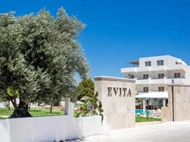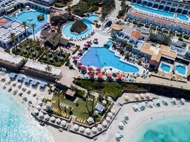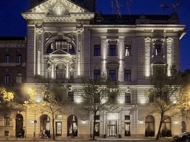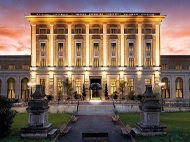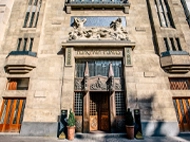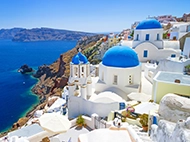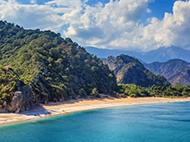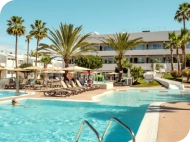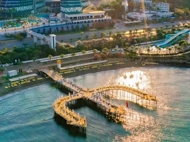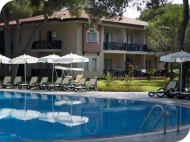
Chichen Itza In Mexico
Chichén Itzá is a spectacular Mayan city on the Yucatan Peninsula in Mexico. It may be a major tourist attraction, but it's also an important archaeological site and new discoveries are still being made, providing a deeper insight into the Mayan people. The Mayans ruled much of what is now Mexico and Central America before the colonists arrived from Europe. After being named a UNESCO World Heritage Site in 1988, this ancient Mayan city became one of the Seven Wonders of the New World in 2007. It's no wonder it welcomes over a million visitors each year.
Where is Chichén Itzá?
You'll discover this large Mayan city on the Yucatan Peninsula in Mexico. It's around 120 miles from the popular beach resort of Cancun. The name ”Chichén Itzá' actually translates from the Mayan language as ”at the mouth of the well of the Itzá'. The ”Itzá' were a particular group of Mayans who were once in control of the Yucatan Peninsula's northern region. As for the ”well', this refers to the network of natural cenotes close to the city. These were the only source of water for the settlement, and part of the reason why the site was chosen.
When was Chichén Itzá built?
The exact date when Chichén Itzá was built is unknown. Some say the city was established around 400AD, while others believe construction began around 450AD. One thing's for sure, though: by around 600AD, this place was a major centre of political and economic activity in Mayan culture. In fact, by this time it had become one of the biggest cities anywhere in the Mayan world. It spread over almost two square miles, featuring commercial, residential and other structures built from stone. Chichén Itzá even had its own early version of ”suburbs'; there were smaller homes dotted around the outskirts of the city.
The history of Chichén Itzá
Let's start with the glory days of this ancient settlement. By the 9th century, this city was the undisputed capital of the region. Its rulers controlled most of the central and northern Yucatan Peninsula. Thanks to its port at Isla Cerritos (located in the north), it also emerged as a major commercial centre, trading goods like gold and various other treasures with cities across the Americas.
At its peak, the population is believed to have reached around 50,000. This included people who immigrated to the city from beyond the Yucatan Peninsula, including the region known today as Central America, and it was considered as a culturally diverse city.
The fall of the Mayan civilisation is often thought to have begun with the arrival of Christopher Columbus in 1492 and the European colonialists who followed. But some historians believe that by the mid-1200s, much of the political and economic activity had already moved to the newer community of Mayapan, located south and west of Chichén Itzá.
It's also believed to have been abandoned by many of its inhabitants in the 1400s due to droughts. It wasn't the Spanish conquistadors who destroyed the Mayan civilisation: the city was quite literally a victim of its own success. Even so, when the Spanish conquistadors arrived in 1526, they still found a thriving community here. That's precisely why the Spanish established a temporary capital city in Chichén Itzá.
El Castillo
The Mayan people only had simple technology at their disposal, but their achievements were beyond impressive. Chichén Itzá was built on rough terrain and they levelled the ground in order to build huge structures. This includes the magnificent El Castillo (which translates from Spanish as ”the castle'), an impressive pyramid which has been restored to its former glory. It's also known as the Temple of Kukulkan.
Every building here was linked by an intricate network of almost 100 ”sacebo' (paved roads and pavements). This is significant, as many European cities didn't even have paved streets during this period. Archaeologists also say that many buildings were brightly coloured, with blue, reds and greens. Today, the paints have faded and you can only see the original grey stone.
The cenote
In the northern end of the city, there was once a huge cenote (a sacred well or spring). Allegedly, this was a site of human sacrifice. In the early 1900s, the cenote was dredged and human remains were discovered, along with gold, turquoise and jade artefacts.
Chichén Itzá: see a wonder of the world in Mexico
It wasn't until the mid-1800s that this place emerged as a significant archaeological site. Huge restoration efforts over the years have ensured that many significant structures are still standing. Here are a few examples:
-
El Castillo: this dramatic pyramid-shaped structure measures almost 100 feet high.
-
The Great Ball Court: the Mayans played sports here, including ”Pok Ta Pok'; that's a cross between tennis and basketball.
-
The Steam Bath: this features a water bath and steam chamber that were powered by heated stones.
-
Sacbe Number One: this is a paved city street measuring almost 900 feet.
-
Temple of the Warriors: this is another stepped pyramid structure.
-
Nohoch Mul: at 42 metres high, the ”large hill' is the only Mayan pyramid that you're allowed to climb.
Quick Chichén Itzá facts
-
This was one of the biggest Mayan cities
The city covered five square kilometres, all buildings were built out of stones, and it had the most diverse population in all of Central America
-
El Castillo is the most famous symbol in Mayan culture
Also known as the Temple of Kukulkan, this pyramid measure 30 metres high. Like every other temple in Chichén Itzá, it has 365 steps; that's one for every day of the year.
-
Human sacrifices took place in the cenote
In times of drought, men, women and children would be thrown into the sinkhole as a sacrifice to the Chac God (the Maya God of rain and lightning)
-
The locals allied with regional tribes
This is part of the reason why the city managed to thrive for two centuries.
-
The first restoration project began in 1923
The initial restoration project was commissioned by the Mexican government. But the work was carried out by the Carnegie Institution, an American-based organisation. Restoration projects continue to this day.
More Things To Do ideas
Find more Things To Do in Playa Mujeres / Playacar / Riviera Maya: Discover Mayan Food | Isla Mujeres | Xplor Park

Best hotels in Mexico
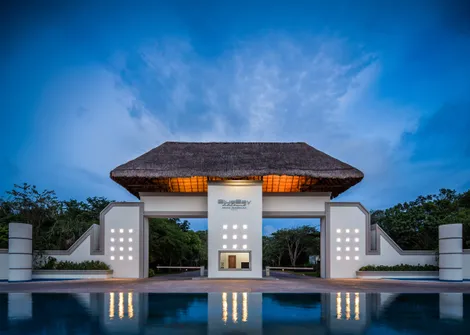
BlueBay Grand Esmeralda
Mexico, Playa del Carmen
16135 reviews
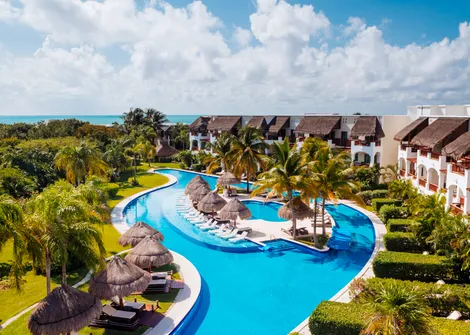
Valentin Imperial Riviera Maya
Mexico, Playa del Carmen, Punta Maroma
18128 reviews
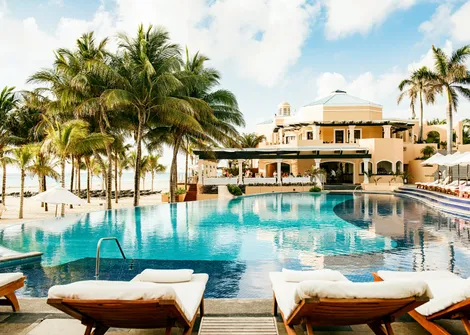
Royal Hideaway Playacar All Inclusive
Mexico, Playa del Carmen
8633 reviews
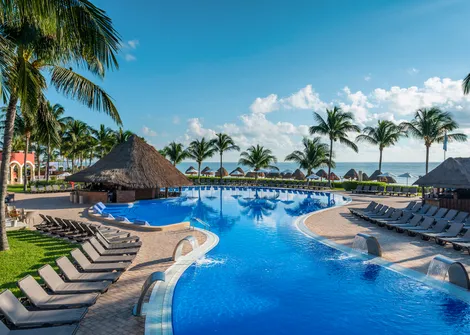
Ocean Coral & Turquesa
Mexico, Puerto Morelos
21378 reviews
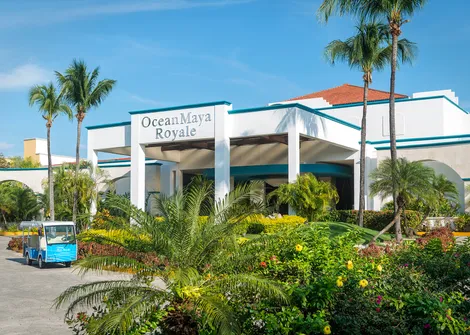
Ocean Maya Royale All Inclusive Adults Only
Mexico, Playa del Carmen
10957 reviews
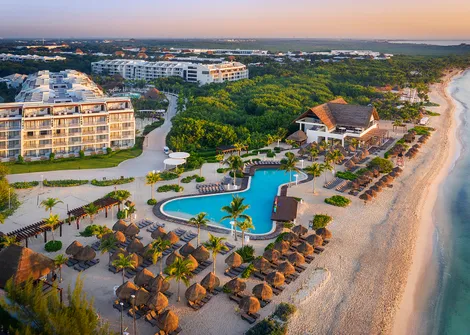
Ocean Riviera Paradise All Inclusive
Mexico, Playa del Carmen
13937 reviews
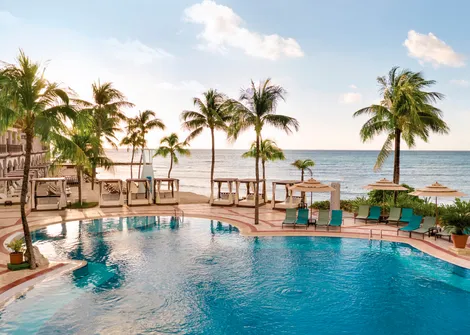
Wyndham Alltra Playa del Carmen Adults Only All In
Mexico, Playa del Carmen
14673 reviews
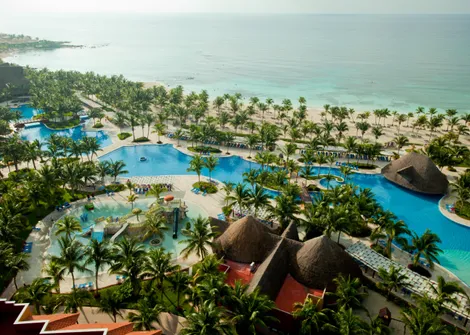
Barcelo Maya Tropical
Mexico, Riviera Maya
8634 reviews
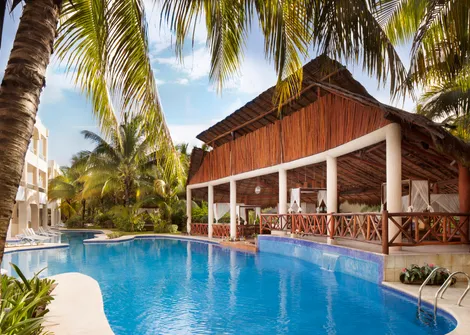
El Dorado Seaside Suites by Karisma
Mexico, Riviera Maya
5854 reviews
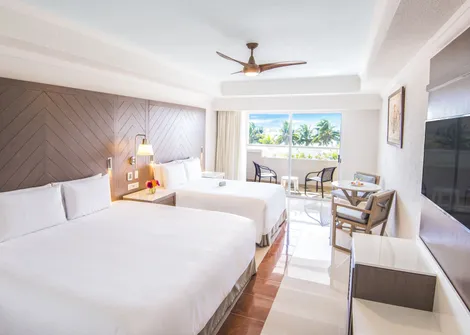
Wyndham Alltra Cancun (Ex Panama Jack Resorts Gran Caribe Cancun)
Mexico, Cancun
15134 reviews
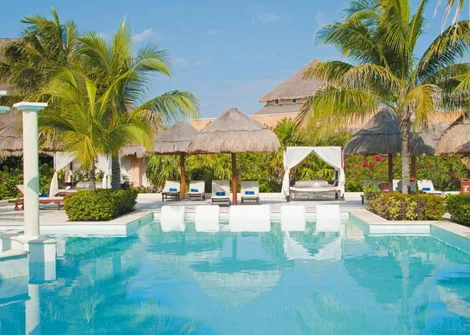
TRS Yucatan Hotel
Mexico, Playa del Carmen
11007 reviews
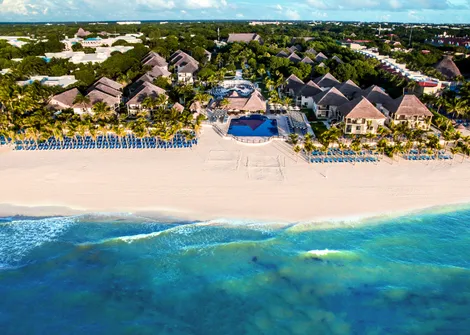
Allegro Playacar
Mexico, Playa del Carmen
9560 reviews
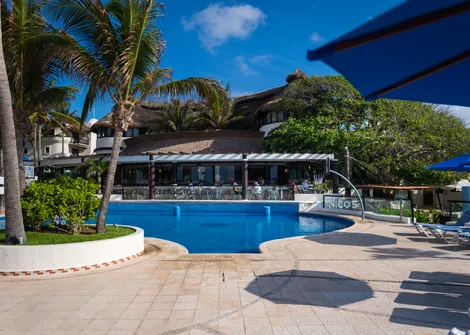
The Reef Playacar
Mexico, Riviera Maya, Playacar
7714 reviews

Atelier Playa Mujeres
Mexico, Cancun
4830 reviews
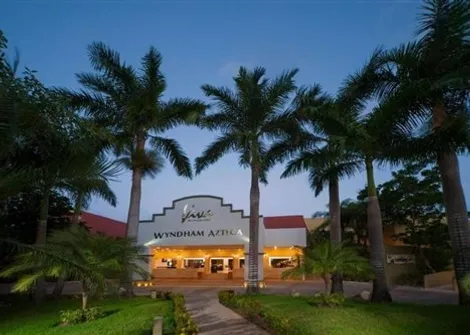
Viva Wyndham Azteca
Mexico, Playa del Carmen
5561 reviews
